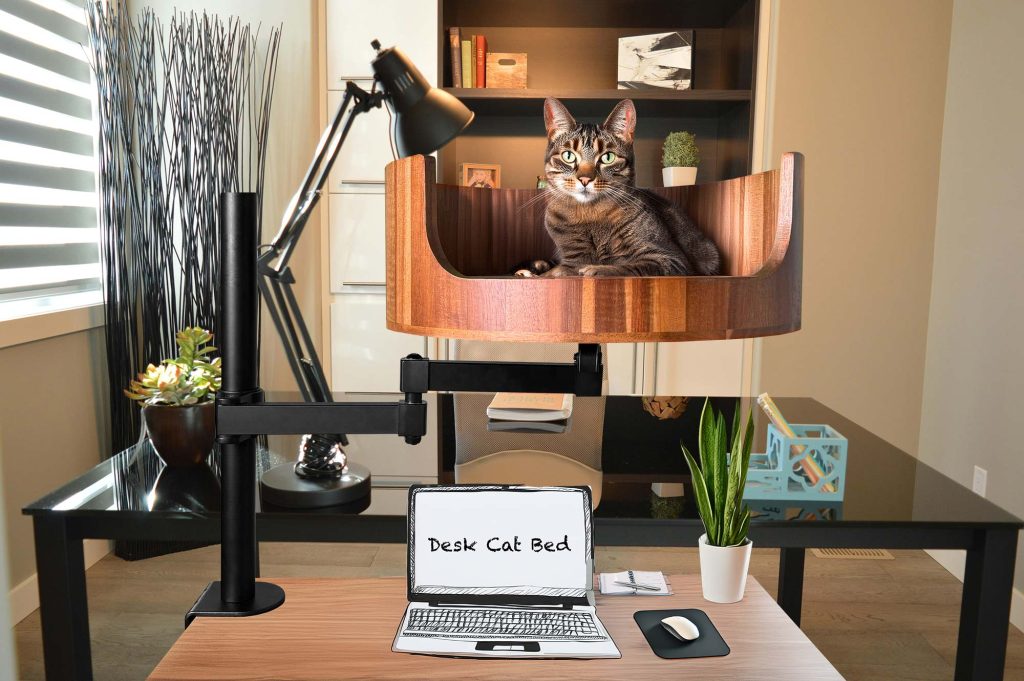If you’re a cat owner, you may have noticed that your furry feline companion has a peculiar habit of dribbling or drooling in certain situations. While this behavior may seem odd, it’s actually quite common among cats and can be due to a variety of reasons. In this article, we will explore the phenomenon of cat dribbling, deciphering the underlying causes and shedding light on this mysterious behavior.
From nervous or anxious cats to those experiencing pleasure during grooming or being petted, dribbling can manifest in different ways and for different reasons. Understanding why cats dribble can help pet owners provide appropriate care and attention to their beloved pets. We will delve into the various factors that influence a cat’s dribbling behavior, from breed predispositions to health issues that may be contributing to excessive drooling. Additionally, we’ll provide tips on how to manage and potentially alleviate dribbling in cats, ensuring a happy and healthy relationship between you and your four-legged friend. Stay tuned to unravel the fascinating world of feline behavior and discover the reasons behind why cats dribble.
1. Dribbling is a common behavior in cats, often linked to their contentment and happiness.
2. Cats may dribble when they are being petted or are in a state of relaxation, indicating trust and affection towards their human companions.
3. Some cats may dribble excessively due to dental issues or stress, so it’s important to monitor their behavior and seek veterinary advice if necessary.
4. Understanding the reasons behind a cat’s dribbling can help strengthen the bond between pet and owner, leading to a more fulfilling relationship.
5. By observing and responding to their cat’s dribbling behavior, owners can better cater to their feline friends’ needs and enhance their overall well-being.
Causes of Cat Dribbling
There are several reasons why cats may dribble, with one common cause being contentment. When a cat is feeling relaxed and pleased, they may exhibit dribbling as a form of marking their territory with their scent. Another reason for cat dribbling is excitement or anticipation. Cats may dribble when they are looking forward to a favorite treat, toy, or even when they are being petted in a particularly enjoyable spot. Health issues, such as dental problems or oral issues, can also lead to excessive dribbling in cats.
Behavioral Signs of Cat Dribbling
Owners can observe various behavioral signs in cats that indicate dribbling tendencies. Cats may exhibit increased drooling, wetness around their mouths, and even leave damp spots on their favorite resting spots. Some cats may also exhibit repeated head shaking or paw wiping after dribbling, as if trying to clean themselves up. It is important for owners to monitor their cat’s behavior closely and consult a veterinarian if they notice any concerning signs related to dribbling.
Management and Treatment of Cat Dribbling
To manage and treat cat dribbling, it is essential to identify and address the underlying cause. If the dribbling is caused by dental issues, a visit to the veterinarian for a dental check-up and potential treatment may be necessary. Providing regular dental care for cats, such as brushing their teeth or giving dental treats, can also help prevent dribbling related to oral health problems. For cats that dribble due to excitement or contentment, creating a calm and stress-free environment can help reduce the behavior. Engaging cats in regular play sessions, providing interactive toys, and maintaining a consistent routine can also help manage dribbling tendencies.
Desk Cat Nest FAQs
Why do cats dribble?
Cats may dribble when they are feeling relaxed and content, as it is a sign of happiness and comfort. Cats may also dribble when they are being petted or receiving attention from their owners, as a way of showing affection.
Is dribbling in cats a sign of a health issue?
In most cases, dribbling in cats is not a cause for concern and is simply a normal behavior. However, excessive dribbling or drooling could be a sign of dental problems, mouth ulcers, or other health issues, so it’s always best to consult with a veterinarian if you are unsure.
Will the Desk Cat Nest help prevent my cat from dribbling?
While the Desk Cat Nest is designed to provide a cozy and comfortable space for your cat to relax and unwind, it may not necessarily prevent your cat from dribbling. Dribbling is a natural behavior in cats and can occur for various reasons.
In conclusion, choosing a Desk Cat Bed for your feline friend can greatly help with the issue of cats dribbling. The elevated design of the bed provides a comfortable and secure resting spot for your cat, helping to reduce anxiety and stress which can contribute to excessive dribbling. Additionally, the soft and plush materials of the bed promote relaxation and create a cozy environment for your cat to rest and sleep peacefully. Overall, the Desk Cat Bed is a valuable choice for cat owners looking to address the issue of dribbling in their beloved pets while providing them with a comfortable and luxurious resting space.


